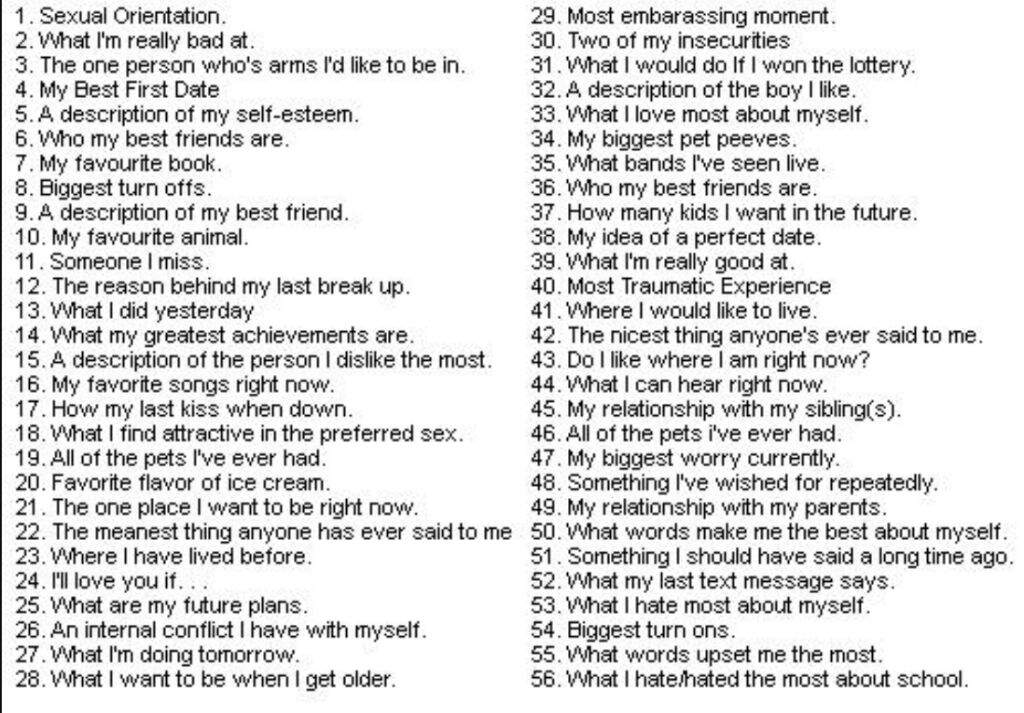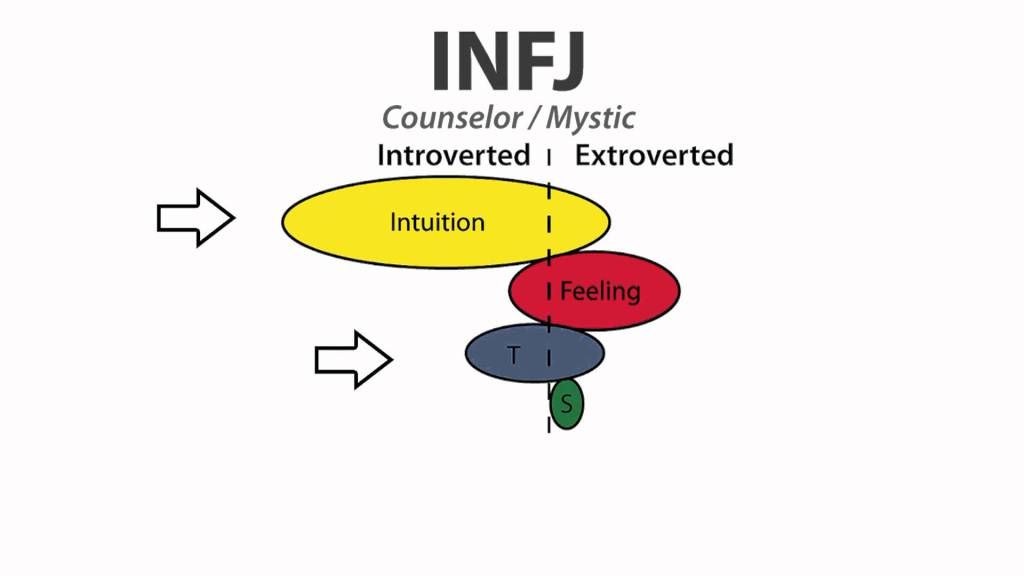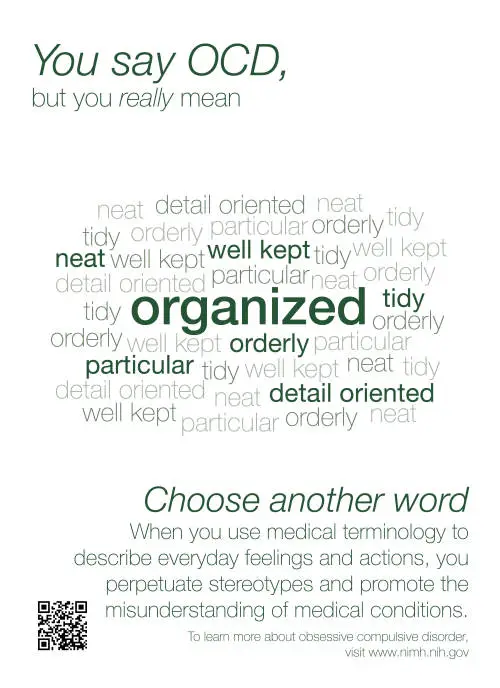Difference between punishment and reinforcement
Reinforcement vs Punishment Psychology [Examples]
The main difference between reinforcement and punishment is that reinforcement makes a target behavior more likely to happen again while punishment makes the behavior less likely to happen again.
Reinforcement and punishment are often used as parenting tools to modify children’s behavior. Let’s review the difference between positive reinforcement and negative reinforcement, and the difference in outcomes between them.
Table of Contents
- The Difference Between Positive/Negative Reinforcement
- Positive Reinforcement
- Negative Reinforcement
- The Difference Between Positive/Negative Punishment
- Positive Punishment
- Negative Punishment
- Reinforcement vs Punishment
In behavioral psychology, reinforcement is the introduction of a favorable condition that will make the desired behavior more likely to happen, continue or strengthen in the future1.
Because the favorable condition acts as a reward, reinforcement is a reward-based operant conditioning.
There are two types of reinforcement: positive reinforcement and negative reinforcement.
These two types of reinforcement can be confusing because the technical terms used in psychology is often misrepresented in pop culture.
As technical parlance, positive refers to adding a factor while negative refers to removing a factor.
But positive and negative do not represent the quality of the factor being added or removed. That factor can be pleasant or unpleasant.
For instance, positive can be adding something unpleasant resulting in unpleasant feelings, while negative can be removing something unpleasant resulting in pleasant feelings.
So, remember that positive and negative refer to adding and removing something, not to the quality of the added/removed factor or the resulted feelings.
Related: Classical Vs Operant Conditioning
What is positive and negative reinforcement
The 2 types of reinforcement are:
- Positive reinforcement – adding a factor to increase a behavior
- Negative reinforcement – removing a factor to increase a behavior
Positive Reinforcement
Positive reinforcement is adding a pleasant stimulus to enhance a behavior.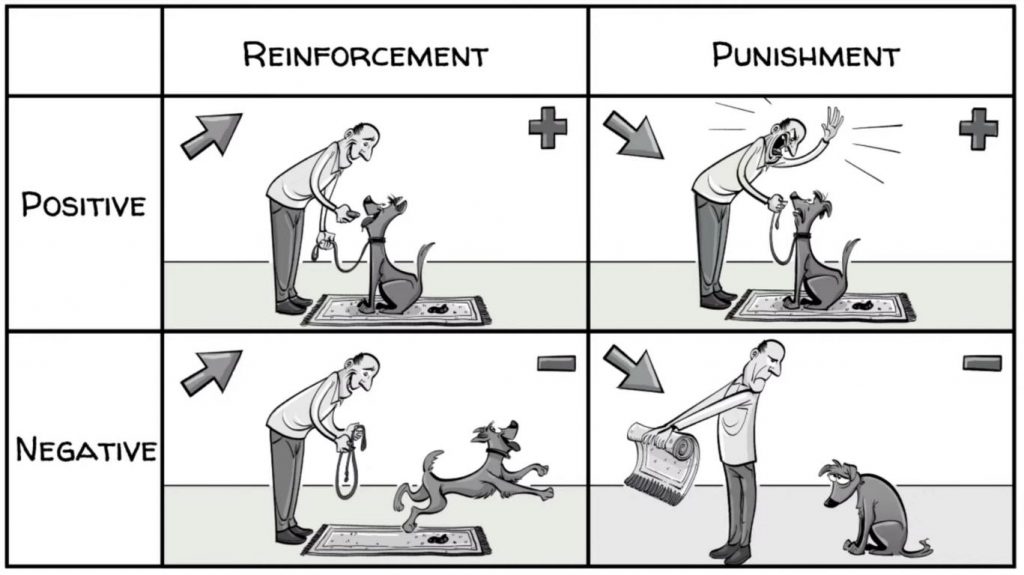 Here are some positive reinforcement examples.
Here are some positive reinforcement examples.
| Positive Reinforcement Examples | Pleasant Stimulus | Desired Behavior |
|---|---|---|
| A mother gives her daughter a toy for doing homework. | toy | do homework |
| A father praises his son for practicing soccer. | praise | practice soccer |
Negative Reinforcement
Negative reinforcement is removing an aversive stimulus to enhance a behavior. Here are some negative reinforcement examples.
| Negative Reinforcement Examples | Aversive Stimulus | Desired Behavior |
|---|---|---|
| To stop his mother’s nagging, Alex does his chores. | nagging | do chores |
| To remove the bad smell from her body, Erin takes a shower. | bad smell | take a shower |
Positive Punishment vs Negative Punishment
While the goal of reinforcement is to reinforce the desired behavior, the goal of punishment is to make an undesired behavior less likely to happen, continue or strengthen in the future.
As with reinforcement, the technical meanings of positive and negative punishment refer to adding or removing a factor to obtain the results.
They do not refer to the quality or impact of the punishment.
What Is Positive And Negative Punishment
The 2 types of punishment are:
- Positive punishment – adding a factor to decrease a behavior
- Negative punishment – removing a factor to decrease a behavior
Positive Punishment
Positive punishment is adding an aversive stimulus to deter a behavior.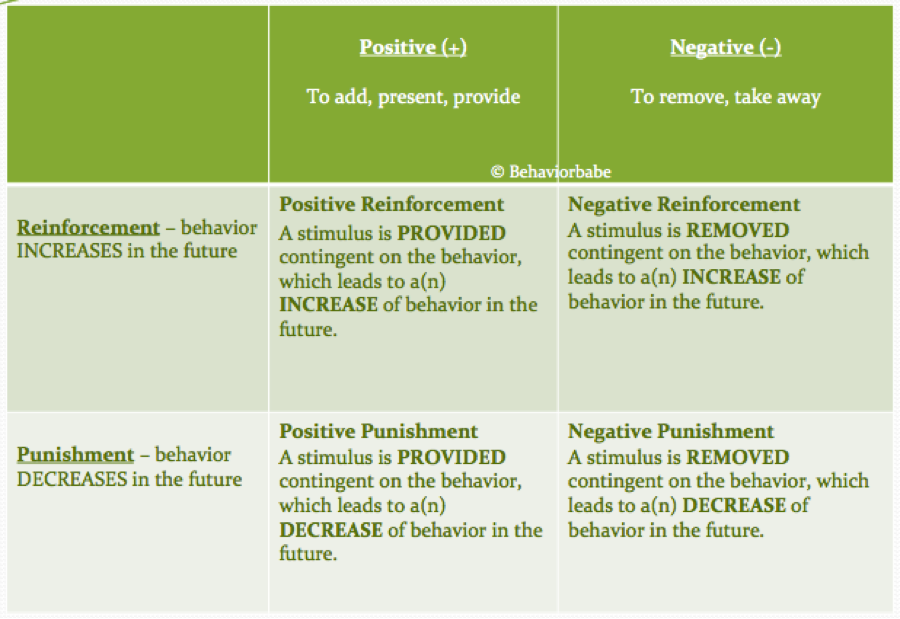
| Positive Punishment Examples | Aversive Stimulus | Undesired Behavior |
|---|---|---|
| Mom gives Mag additional chores for lying. | additional chores | lying |
| Jon was assigned extra homework because he was late to school. | extra homework | be late for school |
Negative Punishment
Negative punishment is removing a pleasant stimulus to deter a behavior.
| Negative Punishment Examples | Pleasant Stimulus | Undesired Behavior |
|---|---|---|
| Mary’s tv time was cut by 20 minutes because she did not listen to her Mom. | tv time | did not listen |
| Jack was grounded for talking back. | go out | talk back |
Reinforcement vs Punishment
Both reinforcement and punishment can modify behavior. The difference between them is that reinforcement aims to increase target behavior while punishment aims to decrease behavior.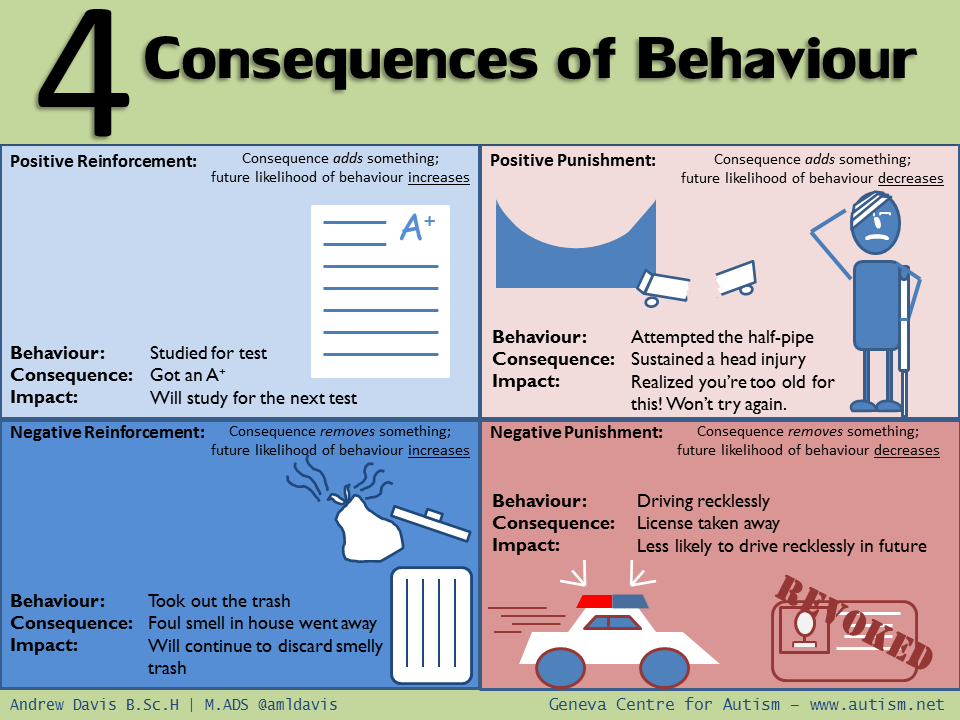
These definitions differ from the way we use it in daily life. Normally, we use “reinforce” in a speech to mean “emphasize”, while “punish” to mean “hurting”.
Here are the definitions and difference of reinforcement and punishment in psychology:
| Add / Remove | Stimulus | Behavior | |
|---|---|---|---|
| Positive Reinforcement | add | pleasant | enhance desired |
| Negative Reinforcement | remove | aversive | enhance desired |
| Positive Punishment | add | aversive | deter undesired |
| Negative Punishment | remove | pleasant | deter undesired |
Often times, decreasing an undesired behavior can also be achieved by increasing another desired behavior.
For example, both punishing for being late for school and rewarding for being on time can incentivize a child to be on time.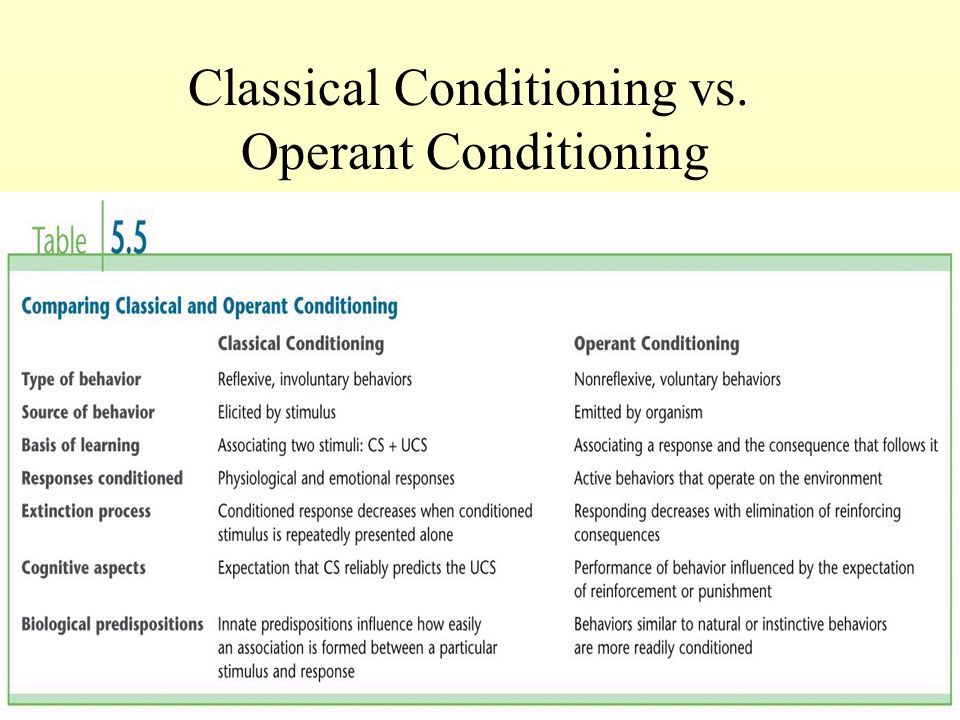
Because of the negative side effects of punishment (in the traditional sense, i.e. introducing unpleasant stimulus), parents should practice positive parenting.
However, parents should also be careful not to overuse reinforcements because too much of a good thing can be a bad thing.
Schedules of Reinforcement
Reinforcement and punishment are usually applied more than once to establish a new behavior. When and how stimuli are applied are called schedules of reinforcement2.
There are 4 types of simple schedules:
- Fixed Interval Schedule (FI) – reinforcer is applied at a fixed amount of time from the previous reinforcement.
- Fixed Ratio Schedule (FR) – reinforcer is applier after a fixed number of responses has been made.
- Variable Interval Schedule (VI) – reinforcer is applied at a variable amount of time from the previous reinforcement.
- Variable Ratio Schedule (VR) – reinforcer is applier after a variable number of responses has been made.
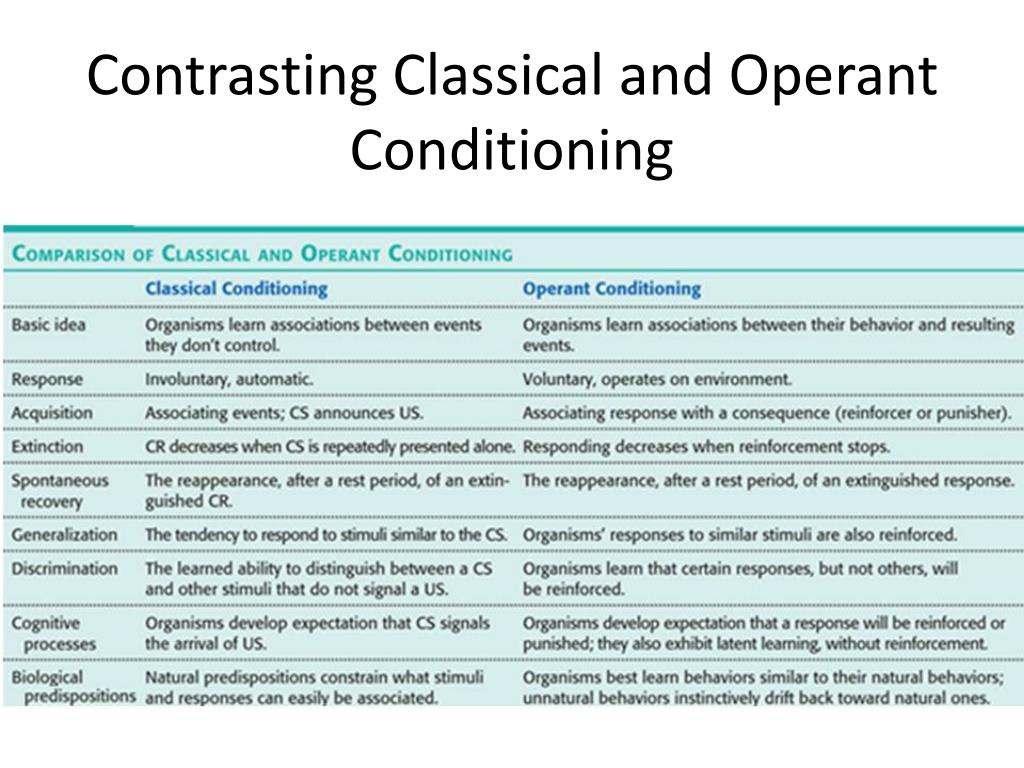
Different types of reinforcing schedules generate different results. Among the four simple schedules, variable ratio schedule generates responses that are most resistant to extinction.
References
-
1.
Mowrer OH. Learning Theory and Behavior. John Wiley & Sons Inc; 1960. doi:10.1037/10802-000
-
2.
Schoenfeld W, Cumming W, Hearst E. ON THE CLASSIFICATION OF REINFORCEMENT SCHEDULES. Proc Natl Acad Sci U S A. 1956;42(8):563-570. https://www.ncbi.nlm.nih.gov/pubmed/16589906.
Difference Between Reinforcement and Punishment (with Examples and Comparison Chart)
Operant conditioning refers to a learning type, wherein outcomes of an action regulate one’s behaviour. The consequence can be a reward or penalty. It was coined by famous behaviourist B. F. Skinner, who hold that behaviour is something which can only be described by observing it and not by thoughts and motivation.
Reinforcement and punishment are the two fundamental notions of operant conditioning wherein the former, stimulates a particular behaviour, the latter, discourages a specific behaviour. These two are quite commonly confused by the people but there are a number of dissimilarities. By the end of this article, you will be able to differentiate between reinforcement and punishment in the context of operant conditioning.
Content: Reinforcement Vs Punishment
- Comparison Chart
- Definition
- Key Differences
- Conclusion
Comparison Chart
| Basis for Comparison | Reinforcement | Punishment |
|---|---|---|
| Meaning | Reinforcement, implies the process of supporting or promoting a pattern of behavior. | Punishment entails the act of penalizing or forfeiting something of value, to repress an undesirable behavior. |
| What is it? | An enthusiastic outcome. | An aversive outcome. |
| Response | Strengthens response | Weakens response |
| Consequence | Increases the probability of behavior. | Decreases the probability of behavior. |
| Encompasses | Gain of desirable stimulus or forfeiture of undesirable one. | Imposition of unpleasant stimulus or withdrawal of a pleasant one. |
Definition of Reinforcement
In operant conditioning, reinforcement denotes anything that accelerates the probability that a response will happen. It is described as the consequence of behaviour which either strengthens a response or enhances the probability of its recurrence. The strength of a response can be measured regarding intensity and degree, while its frequency is ascertained by calculating the number of time the response occurs.
Reinforcement encompasses all those things which cause increase in the pattern of behaviour, such as events, situations or stimuli.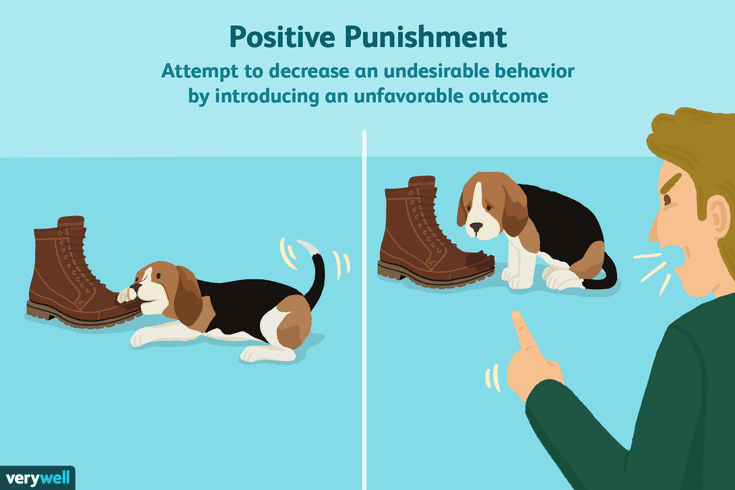 It is classified as:
It is classified as:
- Positive Reinforcement: It refers to adding something, to encourage a behavioural pattern.
- Negative Reinforcement: It implies taking away something to enhance a behavioural pattern.
In human resource management, the reinforcement theory assumes that the behaviour having a rewarding experience is likely to recur. It implies that when the performance level of the employee is followed by the monetary reward, will lead to the similar performance in future. However, if monetary reward does not follow the high performance, will make its recurrence unlikely. Some examples of reinforcement can be promotion, increment, add-on benefits, lapse of privilege and so forth.
Definition of Punishment
In operant conditioning, punishment means the imposition of a disagreeable consequence or penalty on someone, as a result of undesirable behaviour. In short, it modifies one’s behaviour, by providing a negative response to the unfavourable behaviour.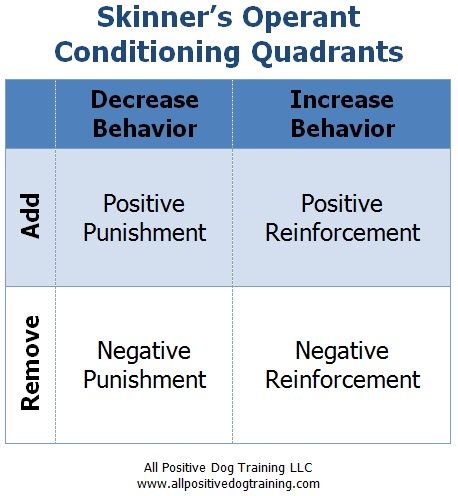
It aims at reducing or removing the frequency of the occurrence of that behaviour. It is a suitable tool, used to shape and control the behaviour of organisms. Some common examples of punishment can be the pay cut, suspension, loss of privilege and so on. There can be two forms of punishment:
- Positive Punishment: It refers to exhibiting or implementing an aversive stimulus if the behaviour repeats in future.
- Negative Punishment: The punishment which involves removal of a pleasant stimulus, on the recurrence of behaviour.
Key Differences Between Reinforcement and Punishment
The following points are pertinent so far as the difference between reinforcement and punishment is concerned:
- The process of supporting or augmenting a pattern of behaviour, to let it happen again in future is called reinforcement. On the contrary, punishment means inflicting a penalty or any other undesirable outcome, to discourage bad behaviour.
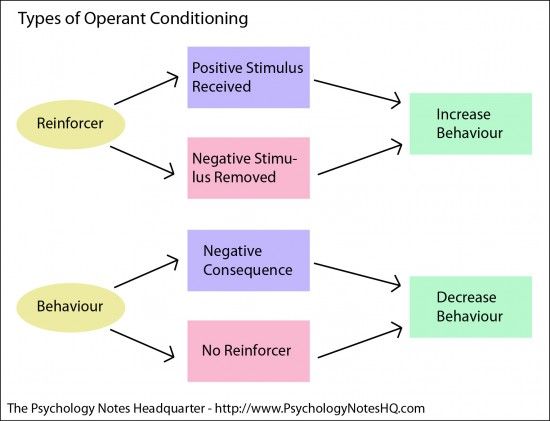
- While reinforcement is an enthusiastic outcome, for good performance, punishment is an averse consequence, of wrongdoing.
- Reinforcement strengthens response, whereas punishment weakens the same.
- The result of reinforcement will increase the frequency of behaviour. Conversely, punishment will lead to the decrease in the frequency of behaviour.
- Reinforcement involves gain of desirable stimulus or forfeiture of undesirable one. As against this, punishment entails the imposition of unpleasant stimulus or withdrawal of a pleasant one.
Conclusion
To sum up, reinforcement will increase the tendency that the targeted behaviour will occur again. On the contrary, punishment tends to decrease the chances of recurrence of the targeted behaviour. Both reinforcement and punishment are the fundamental concepts of behaviourism, whose aim is to alter and regulate the behaviour of the organisation and occurs positively or negatively.
Difference between reinforcement and punishment
- 2019
Operant conditioning
Beef ham.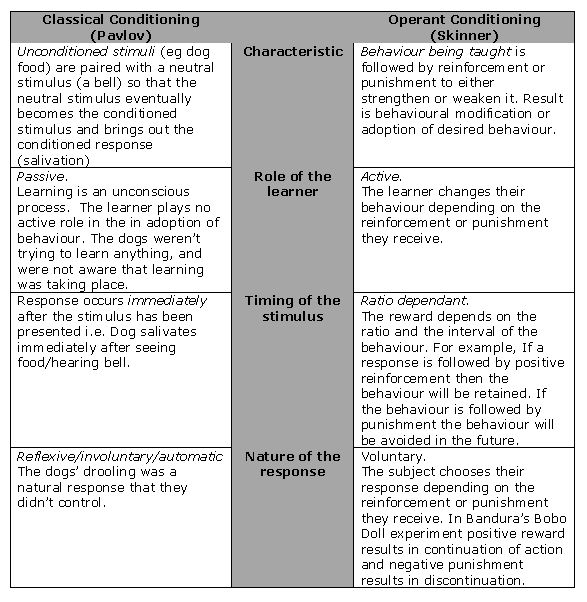 ..
..
Please enable JavaScript
Beef ham in soy sauce, Pork Recipe, Meat Juicy!
refers to a type of learning in which the outcomes of action govern human behavior. The result may be a reward or a fine. It was coined by a well-known behavioral specialist BF Skinner , who believes that such behavior can only be described by observation, and not by thoughts and motivation.
Reinforcement and Punishment are two basic concepts of operant conditioning in which the former stimulates certain behavior and the second discourages certain behavior. These two are quite often confused by people, but there are many differences. By the end of this article, you will be able to distinguish between reinforcement and punishment in the context of operant conditioning.
Comparison chart
| Basis for comparison | reinforcement | punishment |
|---|---|---|
Punishment entails punishment or the loss of something of value in order to suppress undesirable behavior. | ||
| What is this? | An enthusiastic result. | Negative result. |
| response | Increases the response | Weak response |
| consequence | Increases the likelihood of behavior. | Reduces the likelihood of behavior. |
| covers | Obtaining a desired stimulus or losing an undesirable one. | Imposition of an unpleasant stimulus or removal of a pleasant one. |
Definition of reinforcement
In operant conditioning, reinforcement refers to anything that increases the likelihood that a response will occur. It is described as a consequence of behavior that either reinforces a response or increases the likelihood of it being repeated. The strength of a response can be measured in terms of intensity and degree, while its frequency is determined by calculating the amount of time a response occurs.
Reinforcement covers all those things that cause an increase in a pattern of behavior, such as events, situations, or stimuli.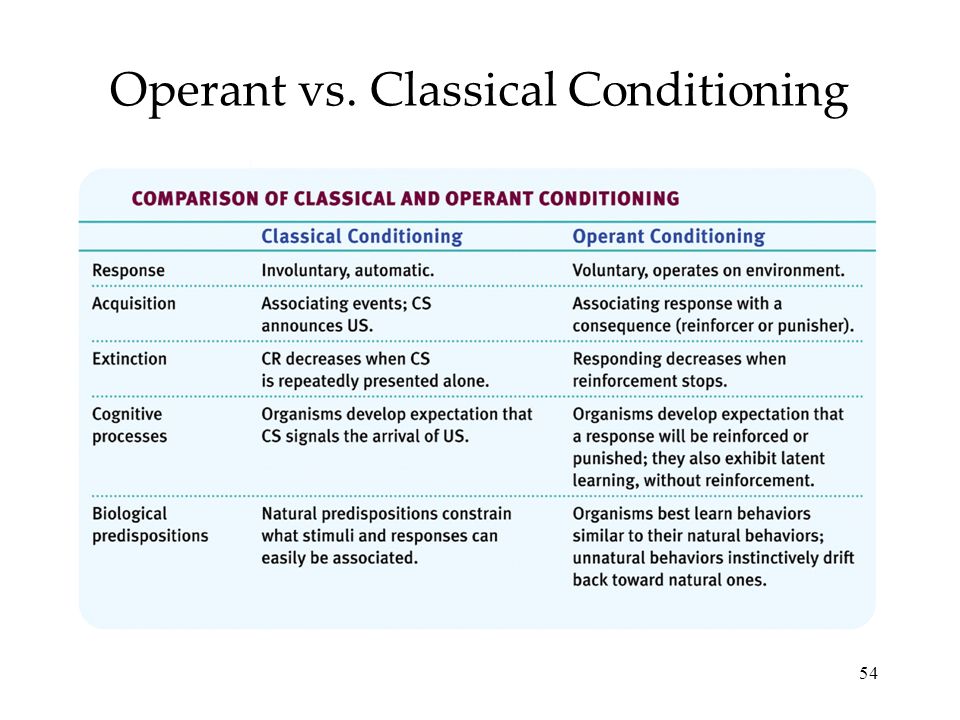 Classified as:
Classified as:
- Positive reinforcement : This refers to adding something to stimulate a behavioral pattern.
- Negative Reinforcement : This implies that you are taking something away to improve the behavioral pattern.
In human resource management, the theory of reinforcement suggests that behaviors that have gained useful experience can be repeated. This implies that when an employee's performance level is followed by monetary rewards, it will lead to similar performance in the future. However, if the monetary reward does not follow the high performance, it is unlikely to be repeated. Some examples of reinforcements can be promotions, gains, fringe benefits, loss of privileges, and so on.
Definition of Punishment
In operant conditioning, punishment means imposing unpleasant consequences or punishment on someone as a result of unwanted behavior. In short, it changes a person's behavior by providing a negative response to adverse behavior.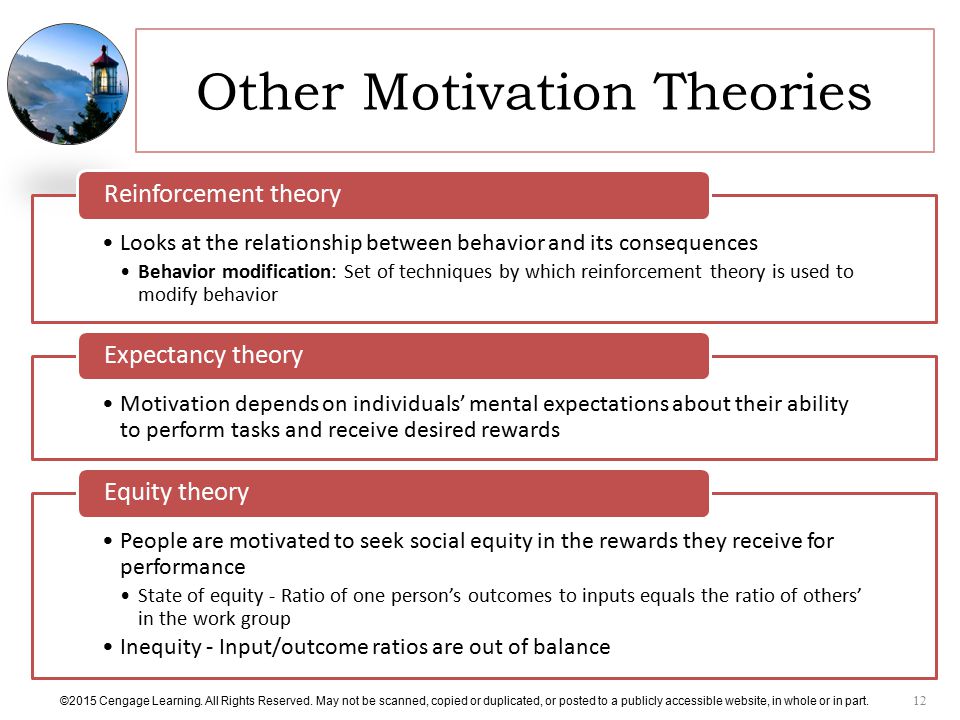
It aims to reduce or eliminate the occurrence of such behavior. It is a suitable tool used to shape and control the behavior of organisms. Some common Examples of penalties would be pay cuts, suspension, loss of privileges, and so on. There can be two forms of punishment:
- Positive punishment : refers to the display or realization of an unpleasant stimulus if the behavior is repeated in the future.
- Negative punishment : punishment that involves removing a pleasurable stimulus by repeating the behavior.
The following points are relevant to the difference between reinforcement and punishment:
- The process of maintaining or augmenting a behavior to allow it to repeat itself in the future is called reinforcement. In contrast, punishment means the imposition of a fine or any other undesirable outcome to discourage bad behavior.
- While reinforcement is an enthusiastic outcome, for good performance, punishment is an undesirable consequence of misconduct.
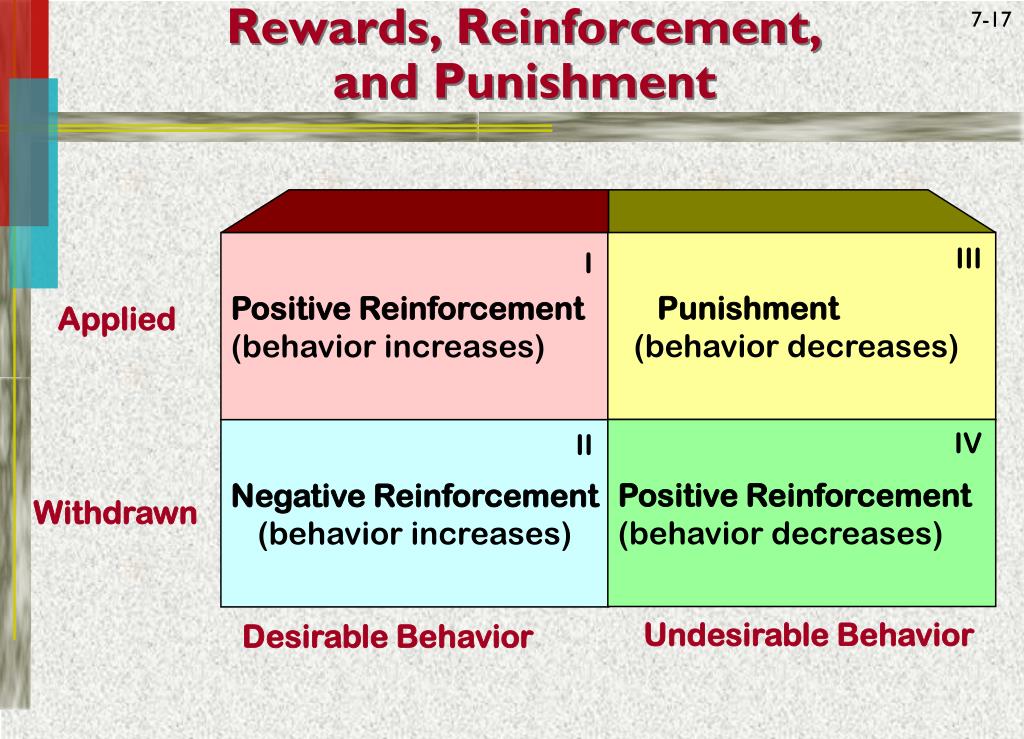
- Strengthening strengthens the response, while punishment weakens the same.
- The result of the reinforcement will increase the frequency of the behavior. Conversely, punishment will reduce the frequency of the behavior.
- Reinforcement involves getting a desired stimulus or rejecting an undesirable one. On the contrary, punishment entails the imposition of an unpleasant stimulus or the removal of a pleasant one.
Conclusion
In summary, reinforcement will increase the tendency to repeat the target behavior. Conversely, punishment reduces the likelihood of repeating the goal-directed behavior. Both reinforcement and punishment are fundamental concepts of behaviorism, the goal of which is to change and regulate the behavior of an organization and happen positively or negatively.
Negative reinforcement and punishment - difference - Life
Video: Aggression. Punishment or negative reinforcement?Contents
- Results Table
- Definitions
- Negative Reinforcement vs.
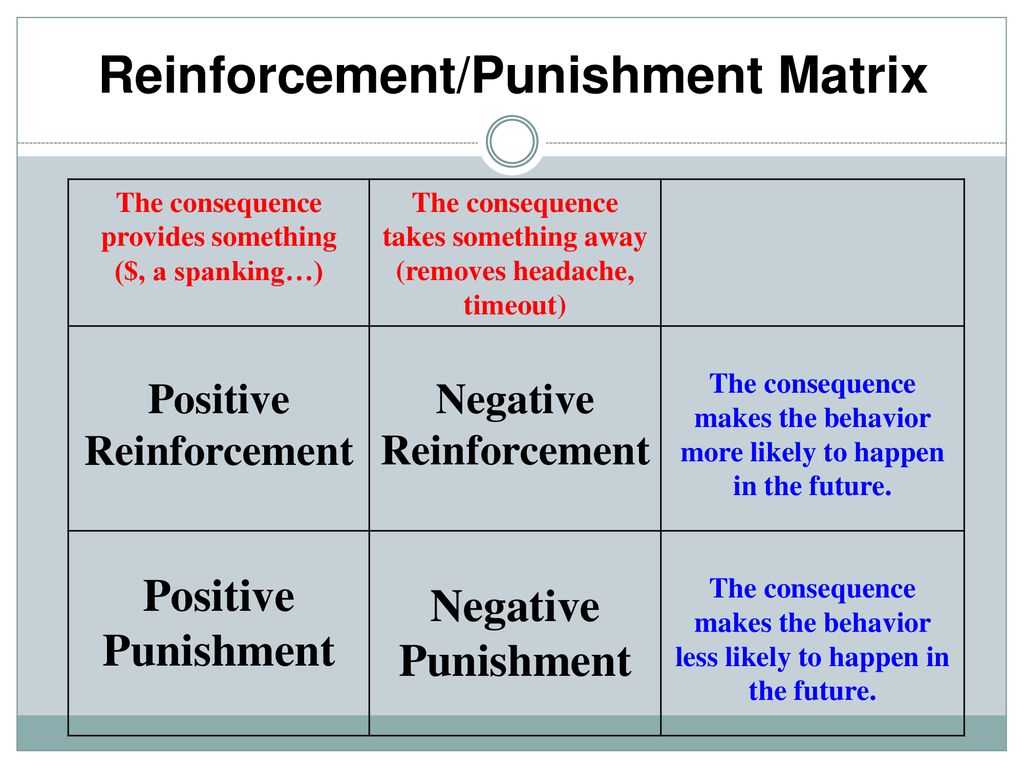 Punishment
Punishment
In behavioral psychology, negative reinforcement and punishment are forms of control designed to change behavior. Perhaps because of this similarity, it is difficult to distinguish one from the other. This article will help shed some light on the difference between the two.
Definitions
Negative reinforcement occurs when a behavior is changed by eliminating an unpleasant event or preventing the occurrence of an unpleasant stimulus. The purpose of negative reinforcement is to increase the likelihood of a behavior with negative reinforcement. Hence, the behavior is learned and maintained in order to avoid or remove the negative stimulus.
An abominable event is any event that can cause an organism or person to avoid a behavior, situation or thing. Examples of unpleasant events could be: a mother picking on a child, physical or emotional pain, or a boss removing employee incentives, to name a few.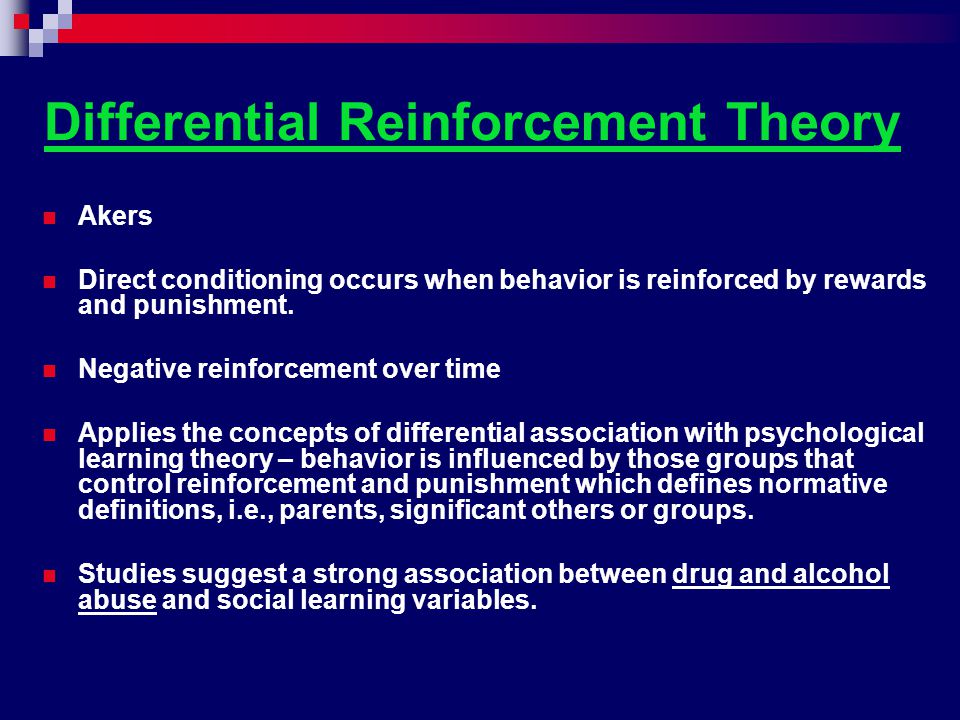 Physical and verbal punishment can be used as negative reinforcement.
Physical and verbal punishment can be used as negative reinforcement.
A mother scolds her child for not maintaining regular cleanliness in her room. The child then learns to constantly keep his room in order to avoid unpleasant scolding from the mother. Scolding serves as a negative reinforcer or repulsive stimulus that the child wants to avoid. As a result, the child's behavior becomes consistent and reinforced by the need to avoid scolding.
In behavioral psychology punishment occurs when consequences are immediately imposed on a person or group in response to unwanted behavior. Punishment is meant to suppress that unwanted behavior or action. A common misconception about punishment is that it always comes with bad consequences, which is not always the case. As with reinforcement, a stimulus can be removed or added to reduce the likelihood of repeating the target behavior.
Punishment is divided into two types: positive and negative.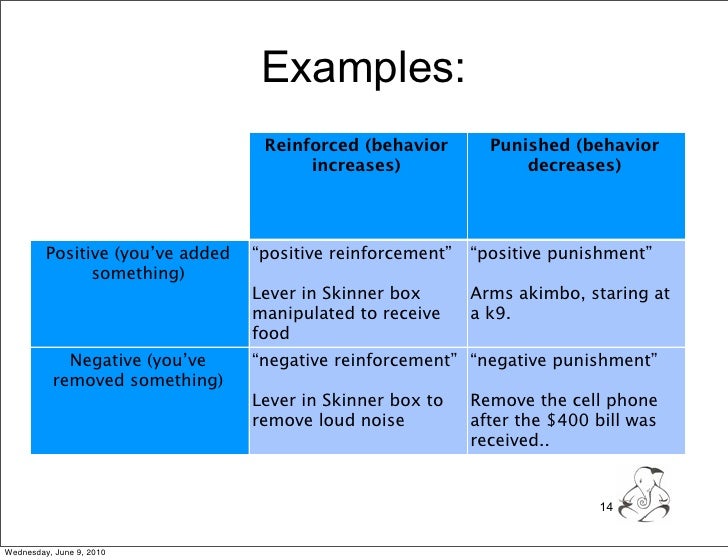 Positive punishment involves adding or introducing an unpleasant stimulus to stop an action or behavior. A good example would be a child jumping on the bed, who stops after the cry of an older brother or sister. The scream acted as a positive punishment, as he was "introduced" by his older brother. When a stimulus is removed to suppress a behavior, it is considered a negative punishment.
Positive punishment involves adding or introducing an unpleasant stimulus to stop an action or behavior. A good example would be a child jumping on the bed, who stops after the cry of an older brother or sister. The scream acted as a positive punishment, as he was "introduced" by his older brother. When a stimulus is removed to suppress a behavior, it is considered a negative punishment.
Negative reinforcement versus punishment
So what is the difference between negative reinforcement and punishment? While distinguishing negative reinforcement from punishment is almost like cutting hair, one thing is certain; they differ in their consequences.
Negative reinforcement occurs when the occurrence of a behavior is reinforced by eliminating an unpleasant event or avoiding an unpleasant stimulus. The purpose of negative reinforcement is to increase the likelihood of repeating the desired behavior in a similar situation. On the other hand, punishment is reduced or stopped the occurrence of unwanted behavior by adding an unpleasant event (positive punishment) or removing a pleasant stimulus (negative punishment).
